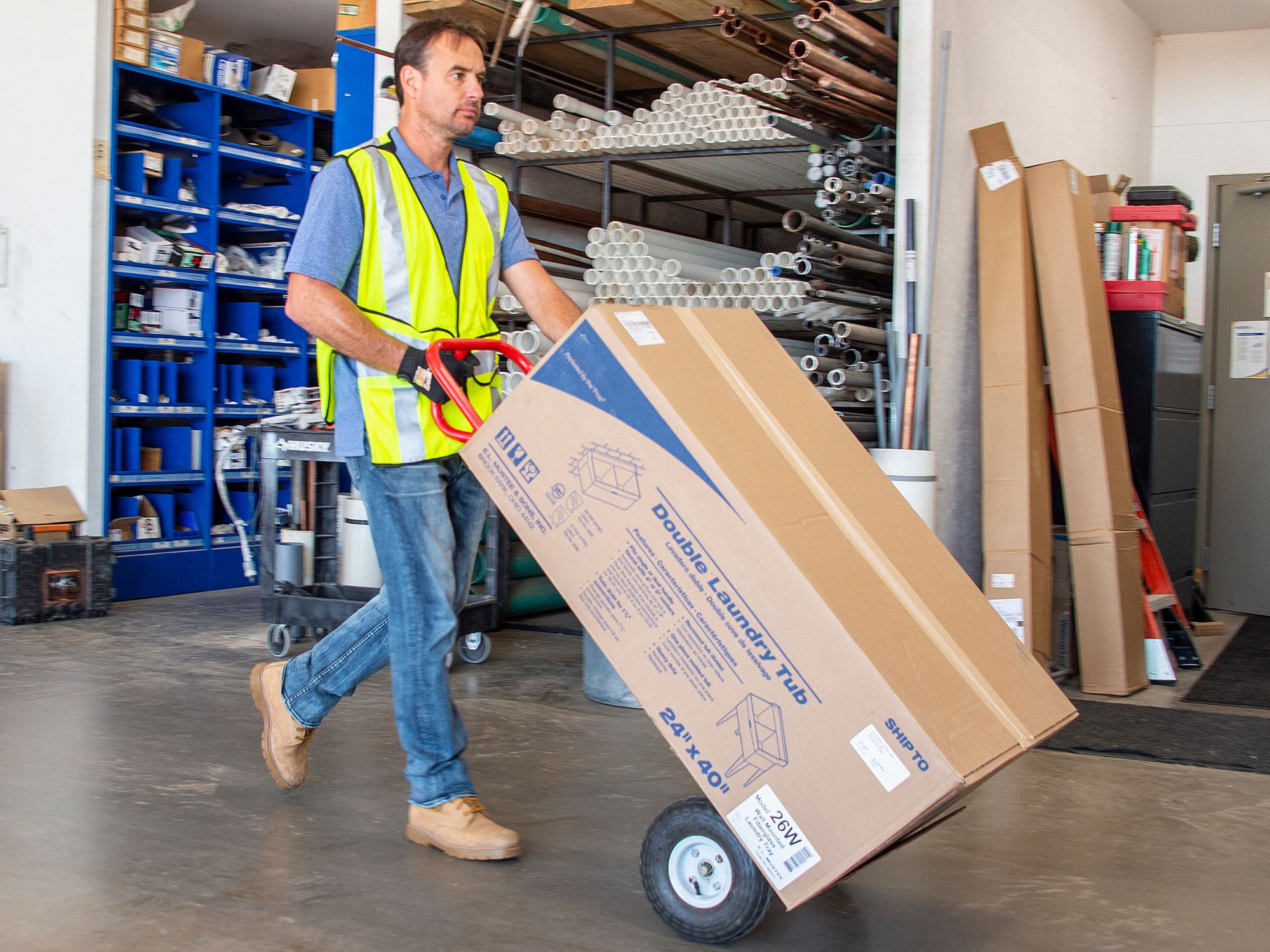Maximum weight

- There are many resources and tools that employers can use to help determine what is a safe weight for lifting, including the NIOSH Lifting Equation and the Liberty Mutual Material Handling Tables.
It can be challenging to determine what is a safe weight for workers to lift, push, or pull, largely because there is no set limit that can be applied to every situation or every worker—many variables dictate what is safe. However, there are several resources and tools that safety professionals can use to help determine and set safe limits.
NIOSH Lifting Equation
One of the most used resources for determining safe lifting limits is the National Institute for Occupational Safety and Health (NIOSH) Lifting Equation. The NIOSH equation sets a fixed weight of 51 pounds as the load constant (that is generally considered the maximum load nearly all healthy workers should be able to lift under optimal conditions.)
However, the NIOSH equation also uses other factors such as height and angle of the lift, frequency of the lift, type of hand grip, and travel distance; these are all just as important in assessing a lift as the weight of the object. The final product of using the NIOSH Lifting Equation is a Recommended Weight Limit (RWL) for a task, given all the factors. Note: The NIOSH Lifting Equation is not suitable for one-handed lifts, or for unstable loads.
Worksheet/calculator for manual lifts
Because of the complexity of the NIOSH Lifting Equation, many safety professionals have difficulty applying it. There are tools to assist with using the NIOSH equation. One tool that can assist with evaluating manual lifts was developed by the Washington State Department of Labor and Industries. It is a worksheet for assessing manual lifting operations and uses a modified version of the NIOSH Lifting Equation.
The Oregon Occupational Safety and Health Division (Oregon OSHA) also has an electronic tool that is based on the NIOSH Lifting Equation.
Alternative to maximum weight limits
The Liberty Mutual Material Handling (MMH) tables are an alternative to determine proper weight handling. The MMH tables focus on male/female population percentages capable of performing a manual material handling task with certain characteristics, rather than on maximum weight limits. The MMH tables can be used in the design of lifting tasks as well as pushing and pulling tasks. Note: These tables should not be used to determine whether a specific worker can perform a specific task. Rather, they are intended to help professionals design tasks so that the majority of the workforce can safely perform them. The tables stipulate that designing tasks for greater than 75 percent of the female working population leads to lower risk from handling injuries.
